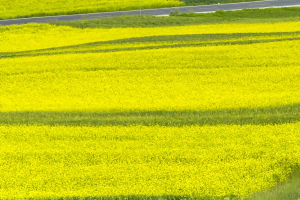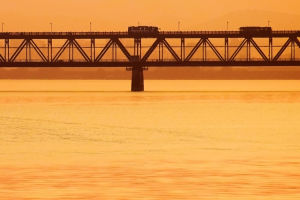Don't miss the windmills in addition to the tulips in Holland!
In 1997, the windmills of Kinderdike were approved by the UNESCO World Heritage Committee for inscription on the World Heritage List as cultural heritage.
In 1740, 19 windmill mills were built on the Dutch Kinderdijk, the largest system of windmills in the Netherlands.
The function of these huge windmills in the Netherlands is mainly to convert wind energy into the rotation of paddle wheels.
Physically, this means that the wind energy is converted into kinetic energy, thus lifting the water from the lower areas.
The Dutch invented the world's first windmill in 1229 A.D., which began the history of human use of windmills.
The windmill at Kinderdyk Elshout is an outstanding artificially made landscape that demonstrates the ingenuity and resilience of mankind.
The 19 windmills of Kinderdike once belonged to 19 families.
Back then, it was the windmill owner's job to make sure the water level was kept at the correct height.
The windmill owner had to keep an eye on the wind direction and adjust the windmill wings to the wind direction if necessary.
The mistress and the children were also involved in assisting.
Moreover, the fan blades of the windmill can talk. A fan blade stopped in the center, showing the shape of a fork, means that the windmill is not working for a long time.
The fan blade to the right means that there is a happy event in the family. The left side of the fan blade represents a family funeral.
In Holland, there has always been a saying that "God created man, Dutch windmills created the land."
The windmills of Kinderdike are the most famous in the Netherlands.
It can even be said that nowhere in the world are there more windmills than here.
Kinderdike is located near the eastern part of Rotterdam, about 10 km from the center of Rotterdam.
This area is at its highest elevation below sea level and has therefore historically been a flood-prone area.
Around 1740, at least 19 sturdy windmills were built to pump excess water out of the area and then discharge it into a storage area.
Once the water level in the receptacle reached a certain level, water was once again pumped out of the receptacle and discharged into the river.
Thankfully, most of the windmills are still intact and preserved today.
There are 19 windmills built in the 1830s and 1840s here in the village of Kinderdyk Elshout, forming the largest windmill complex in the world today.
Each windmill is a windmill tower house, conical in shape, with walls sloping inwards from top to bottom.
The four rectangular wing panels of the windmill are fixed to the windmill at the top of the tower house.
The tower house is divided into several floors, respectively for sleeping and eating purposes, and some families have lived in the windmill tower house for 245 years.
Of the 19 windmills in the Kindleke-Elshout windmill complex, 17 are still in continuous operation, with the remaining two joining in every July and August.
The windmill complex in Kinderdike has been featured in almost every book on travel in the Netherlands and is a must-see on any trip to the Netherlands.


